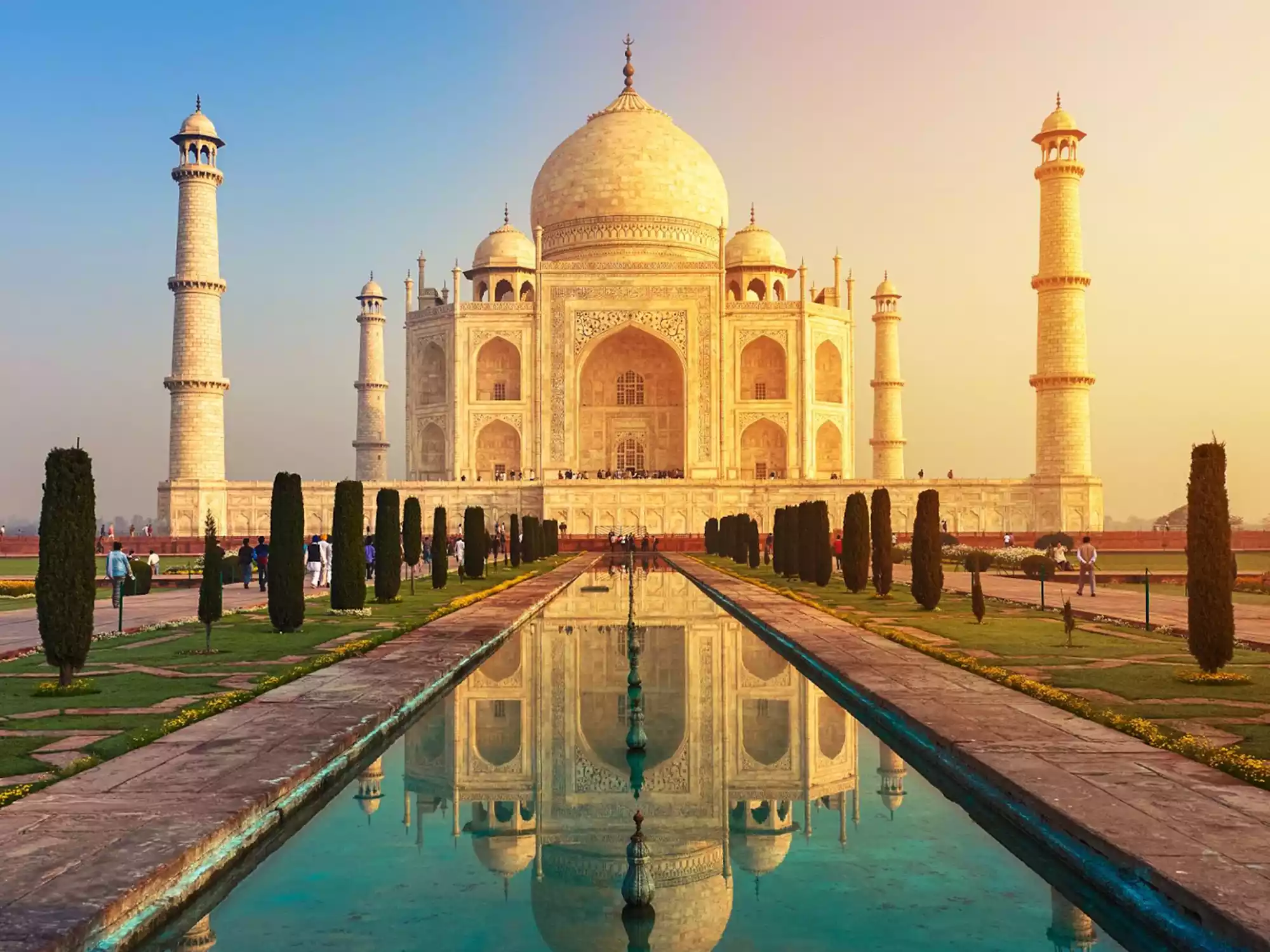The History Buff’s Guide To Visiting India: Top Attractions & Experiences

The history of India as a subcontinent stretches for literally thousands of years. From prehistory to the Mughal Empire and all the way through to the country’s years under British rule, there’s no shortage of fascinating events across India’s timeline that lead the nation to the global superpower that it is today.
India is also one of the largest and most diverse countries in the world. Being a country with such a rich history, it’s no surprise that India also has plenty of holidays. Events like Diwali and Independence Day are great times for foreigners to visit and learn about Indian history. You can join in on celebrating, say, Independence Day, by designing an Independence Day poster to hang in your window and embracing India’s Independence Day festivities anywhere in the world – thanks to the nation’s strong network of expats.
But what if you’re looking to celebrate all of India’s many historic milestones in the heartland itself? If you’re a history buff looking to explore India, you’ve come to the right place. In this article, we’ll go through some of India’s famous historical attractions and experiences to take part in. These sites are spread out across the land: with a country as old and diverse as India, you’re sure to have more places to visit than you’ll know what to do with.
The Red Fort
The Red Fort, located in the capital state of Delhi, is one of India’s grandest and most recognisable historical structures. It was built by the Mughal emperor Shah Jahan in 1639 to signify the shift of the capital to Delhi from Agra. For many years, it was where the Mughal Emperors lived.
Even after the Mughal Empire, the Red Fort has been the setting of some of India’s most important historical events through the years. For instance, the Red Fort was heavily damaged by the British in the 1800s in response to the Indian Revolution. This occurrence made the Red Fort just as much a symbol of India’s independence as it was a symbol of the country’s rich history.
And while plenty of reconstruction work has taken place since then, visitors can still see the effects of this today. It is also where the Indian national flag was raised when the nation’s independence was declared in 1947.
When you visit the Red Fort, you’ll be taken on a trip down hundreds of years of Indian history. This is what makes this particular historic site an absolute must-visit for any history buffs travelling to the Indian subcontinent.
Goa’s Churches and Cathedrals
If you’re thinking of exploring India’s rich religious history, Christian churches might not be the first thing that comes to mind. But Goa, a coastal state located in the west of India, was once a Portuguese colony, which explains the number of Catholic churches here.
What makes Goa’s churches and convents such unique places to visit is how they blend Indian and European cultures. While most of them were built by the Portuguese in the neoclassical tradition, you’ll also find hints of Indian influence if you look closely. This includes large naves you’d normally associate with Hindu temples, as well as a grid-like facade in front of the churches.
Some churches you should definitely visit include the Church of Our Lady of the Mount, the Basilica of Bom Jesus and the Church of St. Cajetan. These structures offer a window into Goa’s colonial past and are a fascinating study of religious history.
Most of these churches also offer free entry to the public, which is just one of many reasons why Goa is one of India’s most popular budget-friendly travel destinations.
The Taj Mahal
It’s impossible to make a list of historical attractions in India without including the Taj Mahal. It was built by Emperor Shah Jahan (remember him?) in the 1600s for his wife Mumtaz Mahal. Its construction involved thousands of workers, artisans and engineers and, at the time of its building, it was one of the most expensive structures in the world. Both Jahan and Mahal were buried in the Taj Mahal.
Besides its fascinating history, it’s also worth paying a visit to the Taj Mahal for its sheer beauty. Its walls are made of white marble, and it’s fronted by a splendid garden with a reflecting pool that you’ve probably seen in countless pictures. The Taj Mahal’s beauty isn’t a surprise given that it was built by Shah Jahan as a love letter for his wife.
Hill Forts at Rajasthan
Rajasthan is a northern Indian state that’s home to over 68 million people. It also makes up over ten per cent of the country’s landmass. It’s home to the famous Hill Forts of Rajasthan, which are imposing defensive structures that are some of the region’s most popular tourist attractions.
The Hill Forts of Rajasthan were built over a span of a hundred years. The oldest of these are about 1,200 years old, making them some of the most ancient structures you’ll find anywhere in the world. They’re located in different terrains: some were built in deserts, some in forests, etc. This means that visiting each one will be a unique experience. Rajasthan is a big place, so you’ll want to allocate some time to the trip if you plan on visiting several of the forts.
Conclusion
If you’re someone who loves to learn about history, there are few better countries to visit than India. It’s one of the world’s largest and most diverse countries, meaning that there is no shortage of historical sites to visit. It’s also been around for a long time, so no matter what period of history you’re interested in, there’s sure to be something for you.
What are you waiting for? Book your tickets now to one of these four historical destinations.




0 Comments